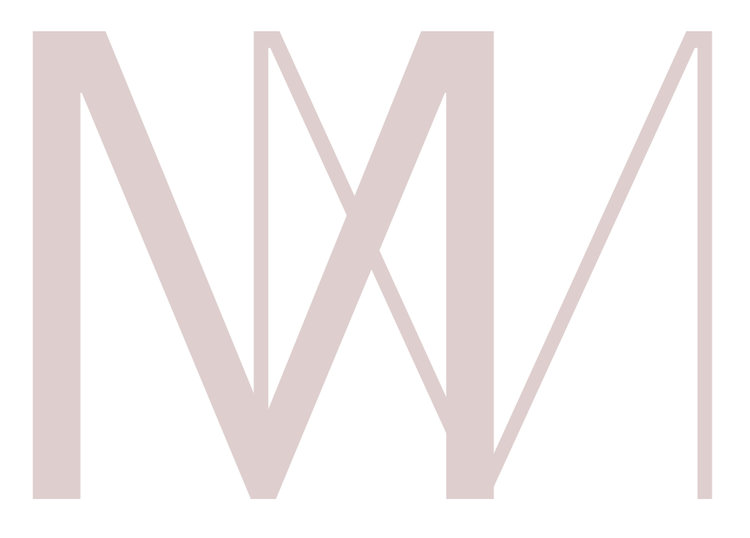Two images made it into Abstraction at The Kiernan Gallery and one made it to the cover of the exhibition catalogue. Many thanks!!!



Images by Kat Kiernan
Information from The Kiernan Gallery website:
Abstraction March 27 - April 27, 2013
Like any abstract art, abstract photography is an exploration of color, form, movement, or other intangibles that need not be wedded to a recognizable subject. Unlike other mediums, photography was designed to reproduce the world as we see it with technical precision. Abstract photography uses this technological capability to break down our world, revealing it anew in surprising ways. Extreme close-ups, long exposures, and blurred subjects are just some of the ways that photographers chose and manipulate their subjects to express themselves. Such work is limited only by the imagination. For
Abstraction, The Kiernan Gallery seeks images that partially or fully obscure the recognizable world.
About the Juror:
Matthew Gamber is a Boston–based artist and critic. He has taught at The Art Institute of Boston / Lesley University, Boston College, School of the Museum of Fine Arts, College of the Holy Cross, Savannah College of Art & Design, Massachusetts College of Art & Design and has worked on digital preservation projects for Harvard University and the Boston Public Library. He is a founding editor of
Big Red & Shiny, an independent online art magazine for New England. His recent exhibitions include:
Second Nature: Abstract Photography Then and Now, deCordova Sculpture Park and Museum, Lincoln, MA, 2012, The 2012 deCordova Biennial, deCordova Sculpture Park and Museum, Lincoln, MA, 2012; Flash Forward 2011 Exhibition, Magenta Foundation, Toronto, CA, 2011; The Sum of All Colors, Sasha Wolf Gallery, New York, 2011.
Juror's Statement:
In taking a broad approach to the idea of abstraction, I selected images that took a certain element of risk in their visual approach. What was considered abstract only a couple of years ago has been absorbed into our visual language as artists (and as viewers). Abstraction, when utilized as an aesthetic principle in art, should not be easily recognized as art. As an aesthetic, abstraction is a moving target. If a particular aesthetic becomes collectively understood, and accepted as art (becoming a style, or trend), it no longer offers a divergent viewpoint.
I have tried to consider how certain images can resonate with viewers even if the subject matter of the photograph is not readily apparent. It requires a kind of evaluation that might not be required by artwork with subject-based content. As a juror, I identified with work whose content, scale, and materiality were not immediately recognizable. The variations were many; the final choice was difficult. For me, the most successful pieces were ones that focused on the idea of abstraction as a subtractive process, rather than additive. By removing information from concrete origins, one are left with a tenuous attachment to the original subject matter, generating the variations you now see in these images.
You can check out all the fantastic work here:
http://kiernangallery.com/abstraction/
Many Thanks to Matthew Gamber!
